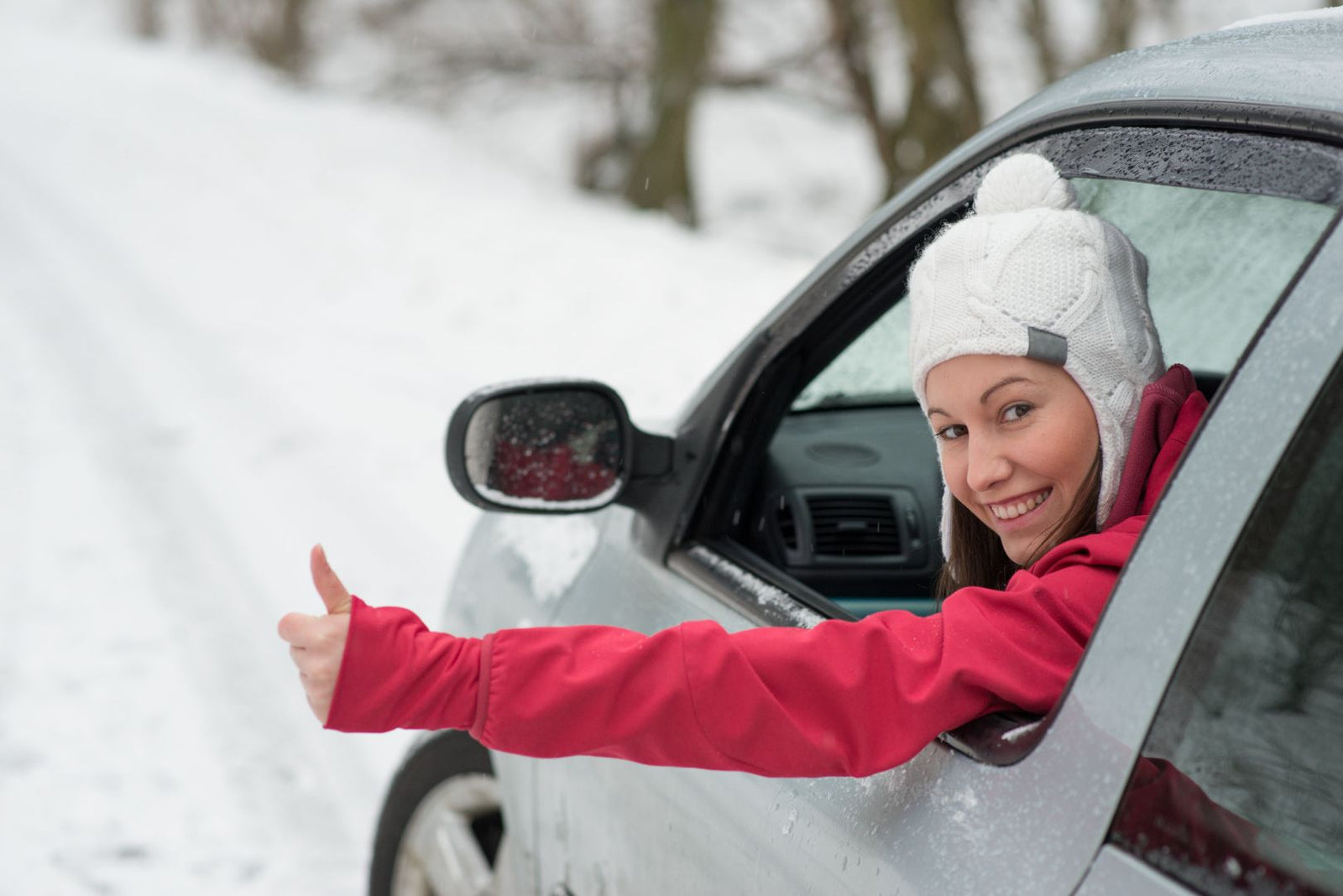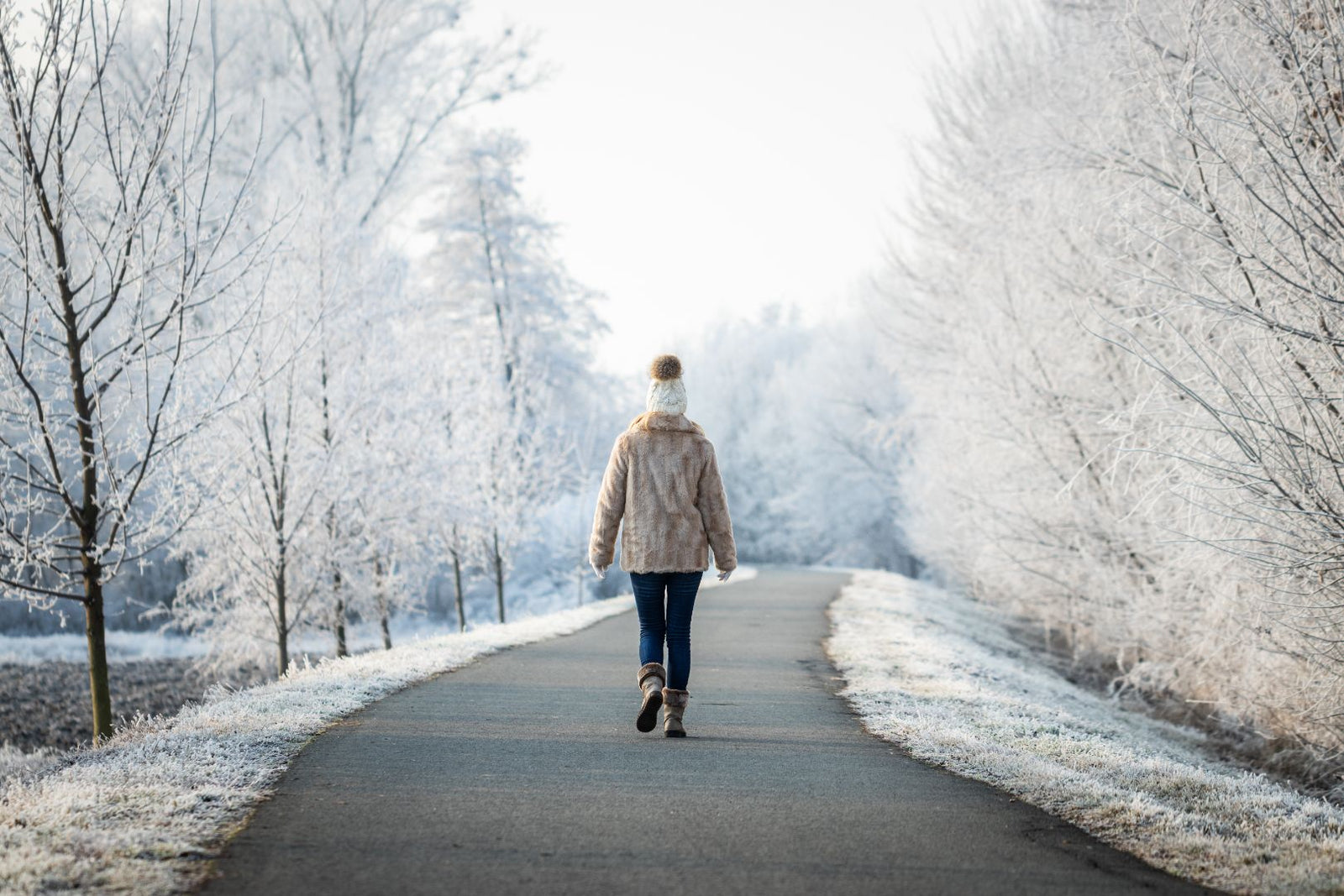Enjoy Sledding in Safety This WInter!
November 24, 2023

Sledding is a timeless winter activity that can be great fun for the whole family if you live or are visiting somewhere with lots of snow. However, every winter countless people are injured, or worse, while going sledding. If you are new to sledding, some dangers may be less obvious than others. In this post we will go over some vital safety guidelines and best practices to let you get outside and enjoy some winter thrills with your family safely!
Are the weather conditions right for sledding?
Check the temperature- Don’t go sledding if it is too cold. In general if the temperature is below about -20C it is probably too cold to go sledding. Remember, that even if the temperature feels bearable when you step outside when sledding down the hill the windchill from your movement will make it feel much colder. If it’s Below -20C the windchill can quickly freeze any exposed skin.
Check the visibility conditions- While going sledding on fresh snow in a snowstorm might sound like a lot of fun, it can be quite dangerous. Only go sledding when you can see the whole length of the hill and the runoff from the start of the run.
Never go sledding at night- Just like in a snowstorm, if it is too dark to see the whole length of the sledding run then it is not safe to sled.
Make sure there is enough snow, and no ice- Good sliding conditions are snowy, not icy. Make sure that there is enough snow to allow the sled to glide properly; hitting a patch without snow can cause your sled to suddenly slow down and throw you off. Icy slopes are too fast and can make controlling your sled nearly impossible.
What should you wear to go sledding?
Wear an extra layer- Remember, that the windchill from sledding down the hill will make the air feel colder than the temperature might suggest. Wear an extra layer than you normally would to be sure you will be warm enough.
Waterproof outer layer- Getting wet will make you cold much faster. When sledding you will almost certainly get covered in snow which will soak non waterproof clothing and increase your risk of getting cold.
Don’t wear anything that could get caught up- Avoid long trailing drawstrings, and scarfs. These items could get caught on something while sledding and cause injury or suffocation.
Wear a helmet- Concussions are an unfortunately common sledding injury. Protect your head by wearing a helmet when you go sledding. Ski helmets are best as they are designed for similar types of impacts that can occur in a sledding accident. Hockey helmets or cycling helmets also offer good protection. Be sure the helmet is well fitted and securely attached.
Ice grips- Falling while walking up the hill can be another source of injury. Consider wearing a pair of easy to remove ice grips such as ICETRAX to make walking around in the slippery sledding conditions safer.

Choosing an appropriate hill for sledding
Look for known sledding spots- Many communities will have hills that are known to be good for sledding. If you are new to sledding or new to an area, you ought to stick to these locations and not venture off the beaten path to find a sledding hill.
Gentle slopes are best- Don’t go sledding on hills that are too steep, or too long, as both factors will greatly increase the amount of speed you will pick up when sledding. The faster you are moving, the easier it is to be injured in an accident.
Make sure there is a sufficient run off- The run-off refers to the bottom of the sledding hill, where the slope flattens out. The run-off should be long enough for your slide to come to a natural gentle stop.
There should be NO obstacles whatsoever- The presence of any obstacle on the slope or the run-off is a major danger and should disqualify a hill from sledding. Hitting even a small obstacle at high speed can easily cause injuries.
Stay away from roads, train tracks, and water- Make sure that the sledding hill and the run-off are well clear of any roads or train tracks. Even if a river or pond appears to be frozen, moving water under the ice could mean the ice is not thick enough to be safe.
Check for hidden obstacles before you start- After a snowfall it is possible that there could be hidden collision dangers under the snow. It’s good practice to always check your sledding run for anything hidden, especially if you are the first to descend a hill after fresh snow.
Make sure your sled is fit for purpose
Check your sled for damage- Before you head out, check over your sled to make sure that it has not been previously damaged. A damaged sled can be an accident waiting to happen!
Avoid large uncontrollable sleds- Stick to smaller sleds than can be easily stopped. Large sleds such as inner tubes are very difficult to control and are a hazard for others using the hill as well as the sledder themselves.
Best practices for a safe descent
Do not overload your sled- Do not load up your sled with more people than it is designed to hold. An overloaded sled could stop suddenly, or become impossible to control properly.
Wait until the previous sledders have cleared the run- Before you start your descent be sure that the person who went previously has moved out of the way at the bottom of the hill. Do not start unless the whole run is clear.
Young children should not descend alone- Children under the age of 5 should always be accompanied by a responsible person when sledding.
Sit, or kneel- The safest position on your sled is to sit or kneel. Laying flat on your back, or facing headfirst laying on your belly are not safe positions, and can increase the chance of a serious spinal injury in the case of an accident.
Push off gently- The safest way to start your run is to gently push off from the top of the hill and allow your sled to gradually built speed. Do not take a running start to your run, this can cause you to quickly reach unsafe speeds.
Get out of the way as quickly as you can- When you get to the bottom of the run, move out of the way as quickly as you can in order to allow the next person so descend safely. Move well out of the way of active sledding runs to walk back up the hill.
Always face towards oncoming sledders- When you are at the bottom of the sledding run, always stand, or walk, facing uphill towards oncoming sledders. Never stand with your back facing the hill. Being hit by a sledder while standing at the bottom of the hill is a common cause of sledding injuries.
Have fun!
If you take some basic precautions and follow safety tips sledding can be a lot of fun for the whole family. Get outside this winter and enjoy the snow, just don’t forget your ICETRAX!
Also in WINTER SAFETY BLOG

Winter Vehicle Safety Kit- Make 2024 The Year You Take Roadside Safety Seriously
December 29, 2023

Walking Off the Winter Blues
December 19, 2023

Winter at the Warehouse: How to Stay Safe and Productive
November 20, 2023

